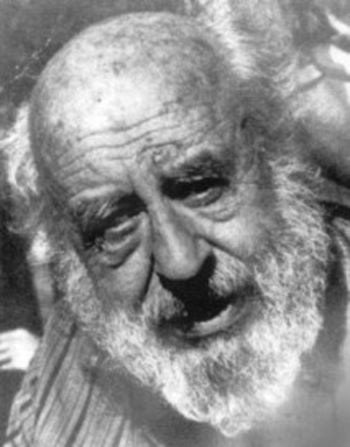The area’s earliest pioneers, settlers and citizens have, over the years, been written about in detailed articles relating to our local history.
They were mentioned merely because they were either the first to arrive, the last to leave, the most interesting (to some), most well-off, most eccentric, most famous, most industrious, and so forth.
Regardless of how well-known they were, it takes everyone to make a community.
Those who came before us – including the everyday citizen majority – have all played a role in the development and the history of our communities.
The following are a few names of those individuals who many years ago, lived, loved, worked, played, cried, laughed, and hated or loved their community; the place we today call home.
There was Charlie Bailey, a big redheaded Irishman, who used to run about 30 head of cattle along the Robertson River and Bear Lake (in the Mesachie Lake area).
Around 1905, he “sold out” and returned to Ireland.
There was the Master Mariner Capt. John McPhee who plied the waters of the BC coast from 1904 until 1950.
A BC resident since 1904, Capt. McPhee (as he was often referred to spent his later in Lake Cowichan near his son and daughter-in-law, Al and Mary McPhee. An interesting individual, Capt. John McPhee died in 1973, at age 94.
Einer Neva, some of whose descendants live in this area still, came to the Cowichan Lake area in 1931 after leaving his native Sweden in 1923. The father of the late Sven (Swan), Noels and Edwin (who died at age 11) was the first in a long line of Neva family members to make Lake Cowichan their home
Dr Frederick Perls, an “eminent international psychiatrist and promoter of the Gestalt method psychotherapy,” spent just a year in Lake Cowichan, but the year was a memorable and colourful one for the citizens of the area.
Perls and his group of psychoanalysts, psychiatrists, psychologists and counsellors who, with their “far out” (as perceived by the general public) ideas and methods of self help through the Gestalt method, captured the imagination of many. He opened a branch of the Gestalt Institute on a lovely lakefront property just a mile or so up North Shore Road. A second smaller residence on Riverside Drive was also rented to accommodate Capt. John McPhee. Gestalt patrons were referred to as hippies – which they were, in the extreme – by the town’s general population.
The venture lasted but a year due to Perls death in Chicago in 1970.
A volume could be written on this movement and its temporary impact on the area and it’s residents.
Edwin Carnell came from his native England to Lake Cowichan about 1911.
He later recalled that during his years here he’d seen the town grown from “a wilderness village with approximately 40 inhabitants to a thriving municipality of close to 2000 people.”
On arrival, he and a man named Bremner “took up land” (later Gold’s Park) in Youbou near the present day Sa Seen Os Point area.
A man of many talents, Carnell also partnered with several early residents to work the Silver Leaf Mine, north of Youbou.
He logged off some of early pioneer Henry March’s property and at some point worked as a section man for the CP Railway.
In his later years he was local correspondent for the Cowichan Leader and the Victoria times Colonist.
His grandson Dan and granddaughter Lori and their families remain in this area.
Read about more everyday people in next week’s column.
Research Kaatza Station Archives and various obits, biographies and websites.
